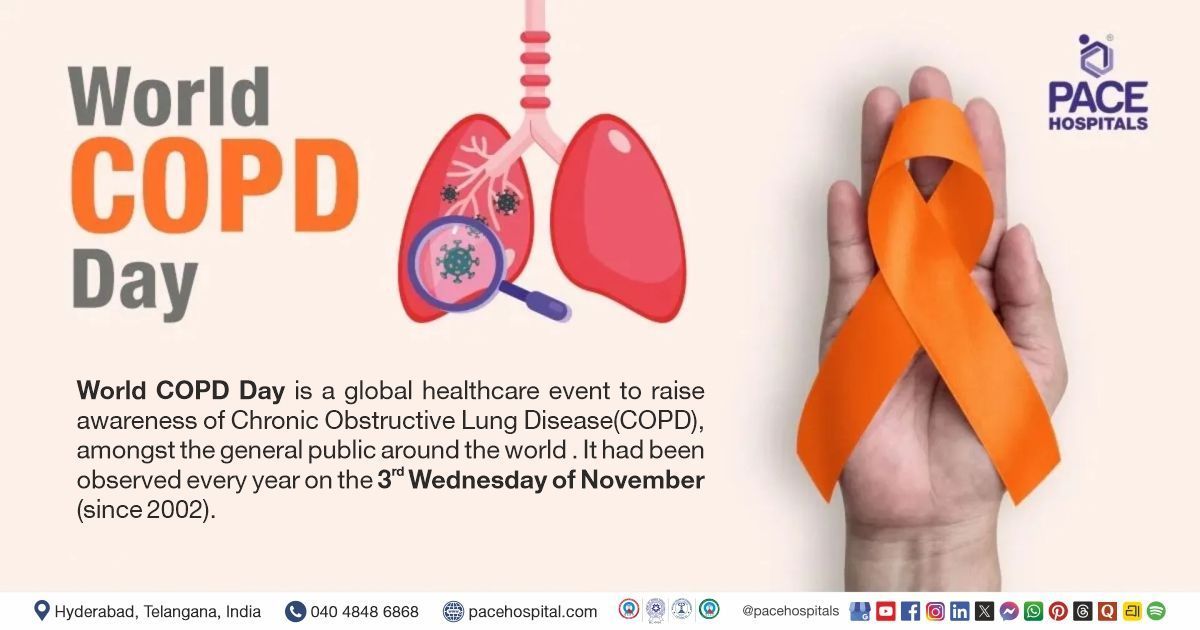POEM procedure effectively addressed long-term swallowing difficulties & associated symptoms | Case Study
PACE Hospitals
PACE Hospitals' Gastroenterology team successfully performed a POEM (Per Oral Endoscopic Myotomy) procedure on a 36-year-old male with Achalasia cardia Type I, enhancing his ability to swallow and eat comfortably.
A 36-year-old male patient with complaints of swallowing difficulties for two years was admitted to PACE Hospitals for further treatment.
Medical History and Diagnosis
Delving deeper, it was understood that the patient was experiencing issues including difficulty in swallowing liquids and solids for two years, vomiting after consuming food, intermittent chest pain and loss of weight (14 kgs in 2 years), which led to his admission to the PACE Hospitals for additional care and management.
After visiting the hospital, the patient was diagnosed with Achalasia cardia Type I (Eckardt's score-10), a condition in which the muscles in the lower part of the oesophagus fail to relax properly, causing difficulty swallowing. Eckardt's score evaluates the severity of Achalasia by assigning points for symptoms such as difficulty swallowing, chest pain, weight loss, and regurgitation.
The healthcare providers collectively agreed that pursuing a POEM procedure could effectively address the diagnosed condition and contribute to the patient's treatment plan.
POEM is an endoscopic therapy for Achalasia that uses upper endoscopy rather than conventional surgery, which involves an incision in the skin. In patients with Achalasia, the lower oesophageal sphincter is too tight. The goal of treatment for Achalasia is to loosen the lower oesophageal sphincter and open up narrowed areas of the oesophagus.
It is performed with an endoscope, a narrow flexible tube with a camera inserted through the mouth (peroral) to cut muscles in the oesophagus (myotomy) to treat swallowing disorders caused by muscle problems such as spasms. Cutting the muscles loosens them and prevents them from tightening and interfering with swallowing.
Treatment
After consultations with the team of therapeutic endoscopists—Dr. Govind Verma, Dr. R Venkatesh Reddy, and consultant gastroenterologist Dr. M Sudhir, it was determined that a Per Oral Endoscopic Myotomy (POEM) procedure was the most effective method of treating the patient.
After the necessary investigations were done and clearances were obtained, the patient was administered intravenous antibiotics, and later, the POEM procedure was performed.
Upper gastrointestinal endoscopy was performed well to look inside the oesophagus and stomach. The fundus (upper part of the stomach) appeared normal, but there was some resistance at the area where the oesophagus meets the stomach (GE junction), about 40 cm from the mouth. A dye was used to highlight tissues, and a small incision was made with a T knife to create a tunnel beneath the mucosa. Blood vessels were cauterized (sealed), and the circular muscle was cut with a hybrid knife. The tunnel was closed with clips, and a post-procedure scope passed easily through the GE junction. The procedure went smoothly without any issues.
Aftermath
Post-surgery, the patient was kept on NBM (nil by mouth-without food or drink for two days). The necessary medicines were given as supportive care.
The oral gastrografin test was completed, and it indicated a smooth passage of gastrografin across the gastroesophageal junction without any significant retention and leaks, which resulted in a successful procedure outcome. The patient began to experience symptom improvement gradually, and a liquid diet was started.
The patient was sent home with follow-up instructions. He was advised to follow a liquid diet for five days, followed by a soft diet for the next five days, and recommended avoiding the cool liquids. The patient was also instructed to contact PACE Hospitals at once in case of fever, abdominal pain, or vomiting.
After a week, the patient was asked to get reviewed by
gastroenterologist team about his status.
Gastrografin Test Post POEM Procedure
The Gastrografin Test assesses the integrity of the gastrointestinal tract after a Per Oral Endoscopic Myotomy (POEM) procedure. A Gastrografin test is a radiographic examination of the gastrointestinal (GI) tract (stomach, duodenum and small bowel) that uses a water-soluble contrast medium called Gastrografin to help healthcare providers see and examine the structure and function of the digestive system more clearly.
Gastrograffin is a water-soluble iodine dye that can be given orally or as an enema. It is also used in X-rays or CT scans to diagnose conditions such as blockages, leaks, tumours, ulcers, or other abnormalities in the digestive tract and to enhance imaging and assess healing.
Share on
Request an appointment
Fill in the appointment form or call us instantly to book a confirmed appointment with our super specialist at 04048486868











